November 28, 2024 | 15:38 GMT +7
November 28, 2024 | 15:38 GMT +7
Hotline: 0913.378.918
November 28, 2024 | 15:38 GMT +7
Hotline: 0913.378.918

Seafood export value in the first 6 months of 2023 is estimated at US$ 4.13 billion, down 27.4% over the same period in 2022. Photo: Hong Tham.
The seafood industry will implement the production and development plan in 2023 in the context of alternating advantages and challenges, of which the most difficult is the export market.
Fishery production in the first 6 months of the year was estimated at 4.27 million tons, reaching 47.2% of the plan, of which aquaculture reached more than 2,336 million tons; seafood export value was estimated at US$ 4.13 billion, down 27.4% over the same period in 2022 (branch water shrimp reached US$ 1.56 billion, down 36.6% over the same period, pangasius was estimated at US$ 885.5 million, down 38% over the same period).
The results of seafood export value in May and June were higher than in the first months of the year, signaling that the seafood export market started to get better, likely to recover in the third and fourth quarters of 2023.
However, the current product price is still low. The profit is not much. People have the mentality of waiting for the market signal, leading to the risk that the last months of the year may lack seafood materials for processing and exporting, affecting the growth plan target 2023.
For aquaculture to develop stably in the last months of 2023, the Ministry of Agriculture and Rural Development proposed the People's Committees of provinces and cities to meet the demand for aquatic raw materials in both quantity and quality for processing and export. Centrally-affiliated cities urgently organize the implementation of some critical tasks, such as:
Organize the capture, review, synthesis, and statistics of sources, quantity and production capacity, and supply of input materials for aquaculture; the number of aquatic products currently being raised; the number of aquatic products available at processing and exporting establishments in the area; price movements of raw marine products; promptly inform businesses and farmers to have specific and appropriate plans and solutions in raising, processing and exporting organizations.
Stabilize the rearing of crucial aquaculture species, and promote the development of marine aquaculture and objects of high economic value. Maintain areas of ecological and organic farming, rice shrimp, and wild shrimp; improve extensive farming and combine measures to increase productivity and production in these areas to promote the advantages of black tiger shrimp products; develop white-leg shrimp farming in areas with sufficient infrastructure conditions and reasonable control of production stages. Focus on developing the pangasius chain from seed, and feed to commercial farming. Develop aquaculture in the offshore sea with species that can produce large yields, livelihood creation, and farming associated with coastal environmental protection. Develop reservoir culture and endemic objects with local economic value.
Implement solutions to reduce costs in aquaculture. Applying advanced techniques at all stages in the farming process to increase survival rate and reduce feed rate (FCR). Organize production linkages to reduce intermediaries and ensure input materials (seeds, feed, products to treat aquaculture environment ...) reach farmers at the fastest, nearest, lowest cost.
Strengthen environmental monitoring and warning in concentrated aquaculture areas, promptly issue recommendations and warn farmers; do well in disease prevention and control to minimize losses in aquaculture.
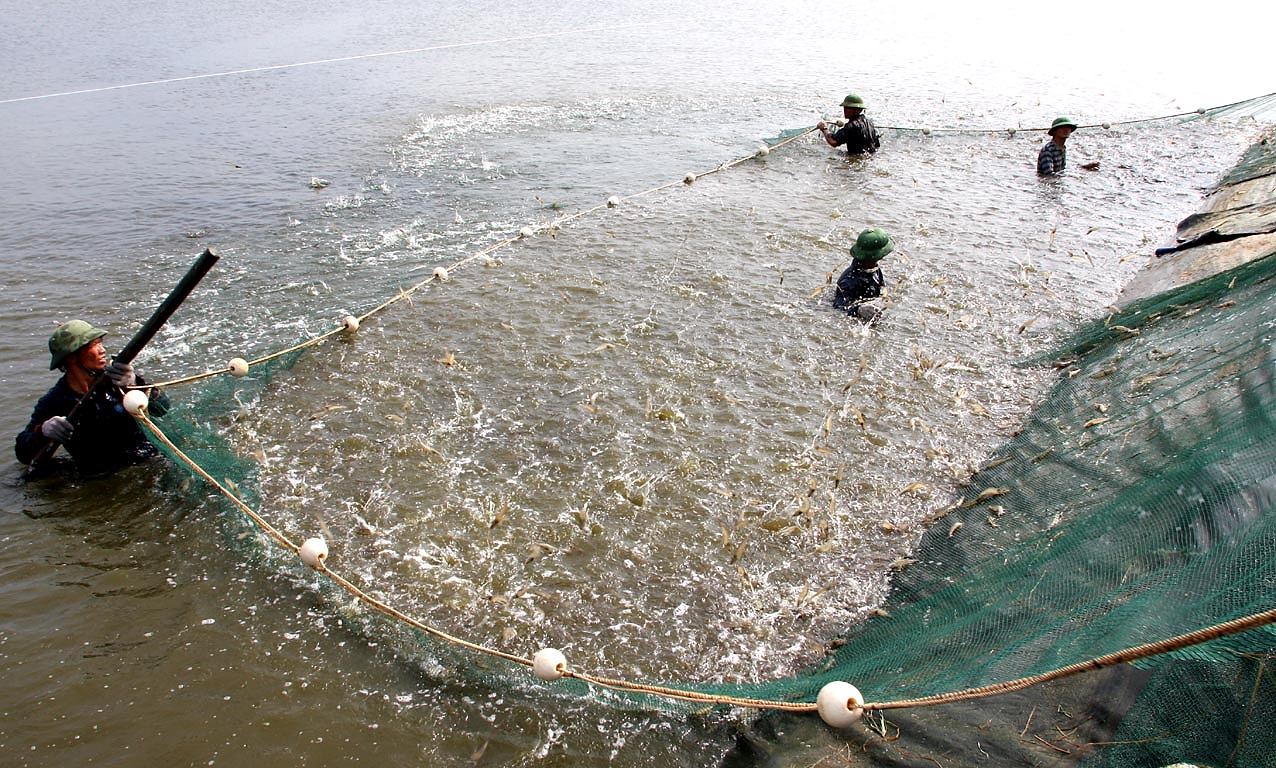
It is necessary to implement solutions to reduce costs in aquaculture. Photo: Huy Hung.
Good implementation of food safety management, traceability in aquaculture. Guide, appraise, and issue the Certificate of eligibility for food safety according to the provisions of Circular 38/2018/TT-BNNPTNT dated December 25, 2018, certifying the registration of cage aquaculture, subjects main aquaculture products according to the provisions of Decree 26/2019/ND-CP dated March 8, 2019, for aquaculture establishments; ensure aquatic products meet requirements on food safety and market requirements.
Continue to effectively implement the tasks of aquaculture development approved by the Prime Minister in Decision No. 339/QD-TTg dated March 11, 2021, Decision No. 1664/QD-TTg dated October 4, 2021, and Decision No. 985/QD-TTg dated August 16, 2022. Organizing aquaculture development on the principle of cooperation, association, and people-centeredness, connecting leaders and managers at all levels with research units, business communities, and organizations peoples' professions to create added value in each stage. There are solutions to support businesses, cooperatives, cooperative groups, and farmers to organize associations, optimize production chains to reduce costs, improve efficiency, and promote domestic consumption and export.
Information, propaganda, guidance, and implementation of the provisions of the Law on Fisheries 2017; Decree 26/2019/ND-CP dated March 8, 2019, and relevant guiding documents and laws in aquaculture (management of breeds, feed, products for environmental treatment of aquaculture) management of food safety in aquaculture...); pay special attention to directing, removing obstacles and simplifying administrative procedures for registration of cage aquaculture, key aquaculture species.
Organize the inspection and inspection of the implementation of the provisions of the law on aquaculture (on the management of aquatic breeds, management of aquaculture, and food safety in aquaculture), strictly handle violations (if any) and publicize managing results according to regulations.
Translated by Ha Phuc
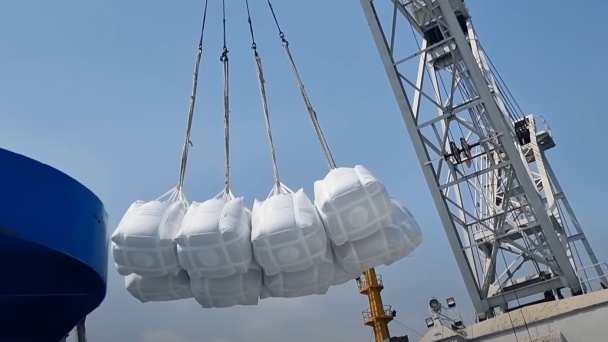
(VAN) Vietnam's rice exports have surged this year, surpassing the USD 5 billion threshold, following their record-breaking performance in 2023.
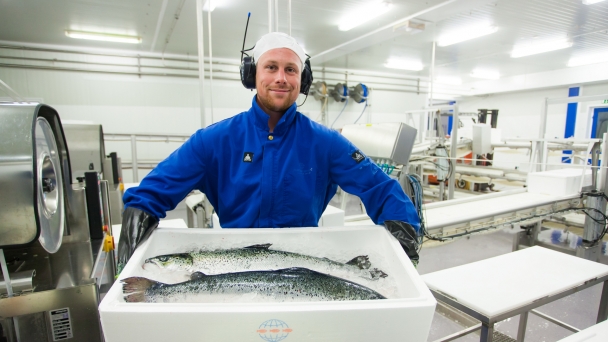
In the first 10 months of 2024, Norway exported 60,900 tons of seafood to Vietnam, valued at nearly USD 201 million.
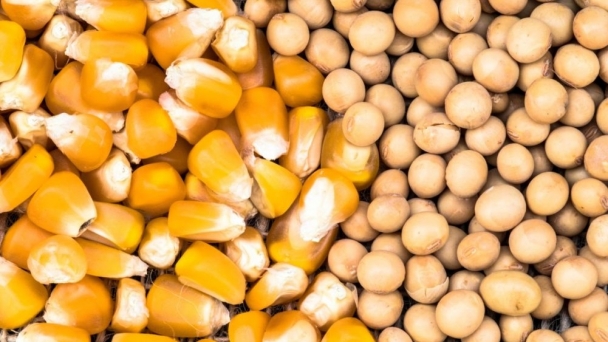
(VAN) 'The US agriculture sector is going through a significant economic downturn, said Scott Gerlt, chief economist at the ASA.
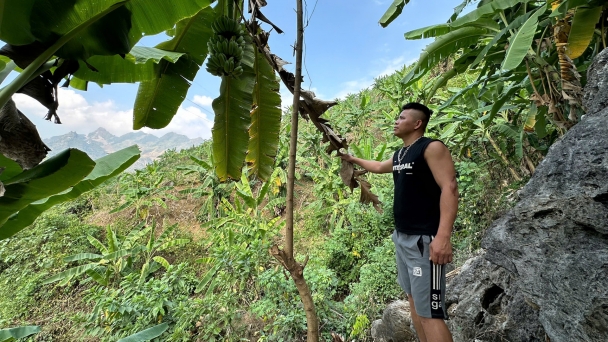
(VAN) The Son La Mac Phi banana cooperative model helps local people in Bung Dien village, Muong Bu commune, export clean bananas, thereby increasing their annual income.
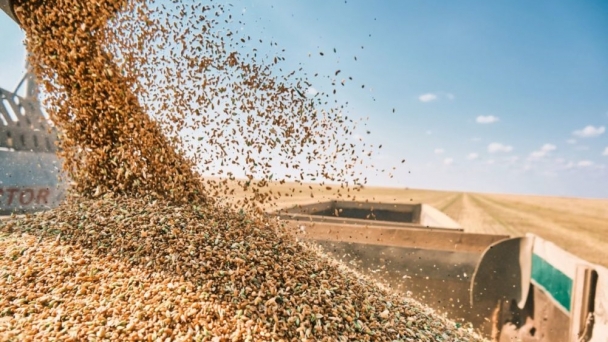
(VAN) CBH Group recently enjoyed a record day of grain receivals across its network, likely driven by farmers eager to beat forecasted rain across the Western Australia.
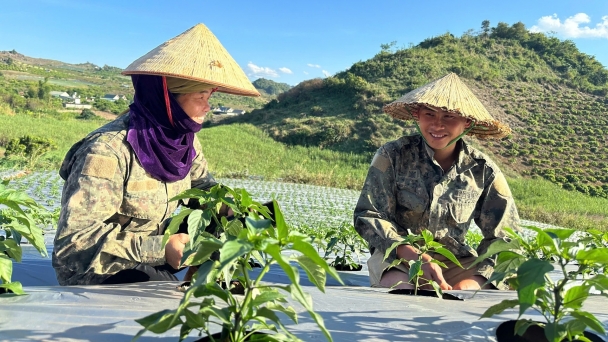
(VAN) Residents of Bo Hac village in Co Noi commune, Mai Son district, Son La province, are experimenting with a new jalapeno chilli variety during the winter season for export purpose.
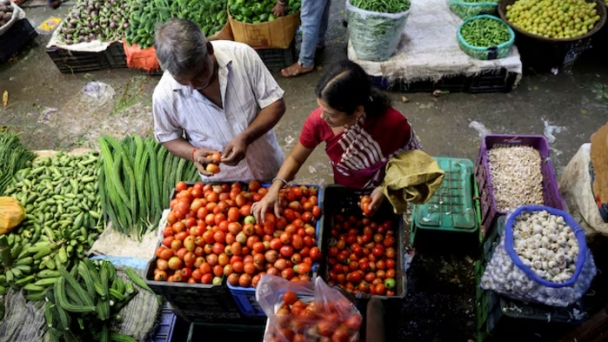
(VAN) India expects food inflation to slow in the coming months, backed by a bumper summer crop harvest, and remains 'cautiously optimistic' on its economic growth, according to a government report.